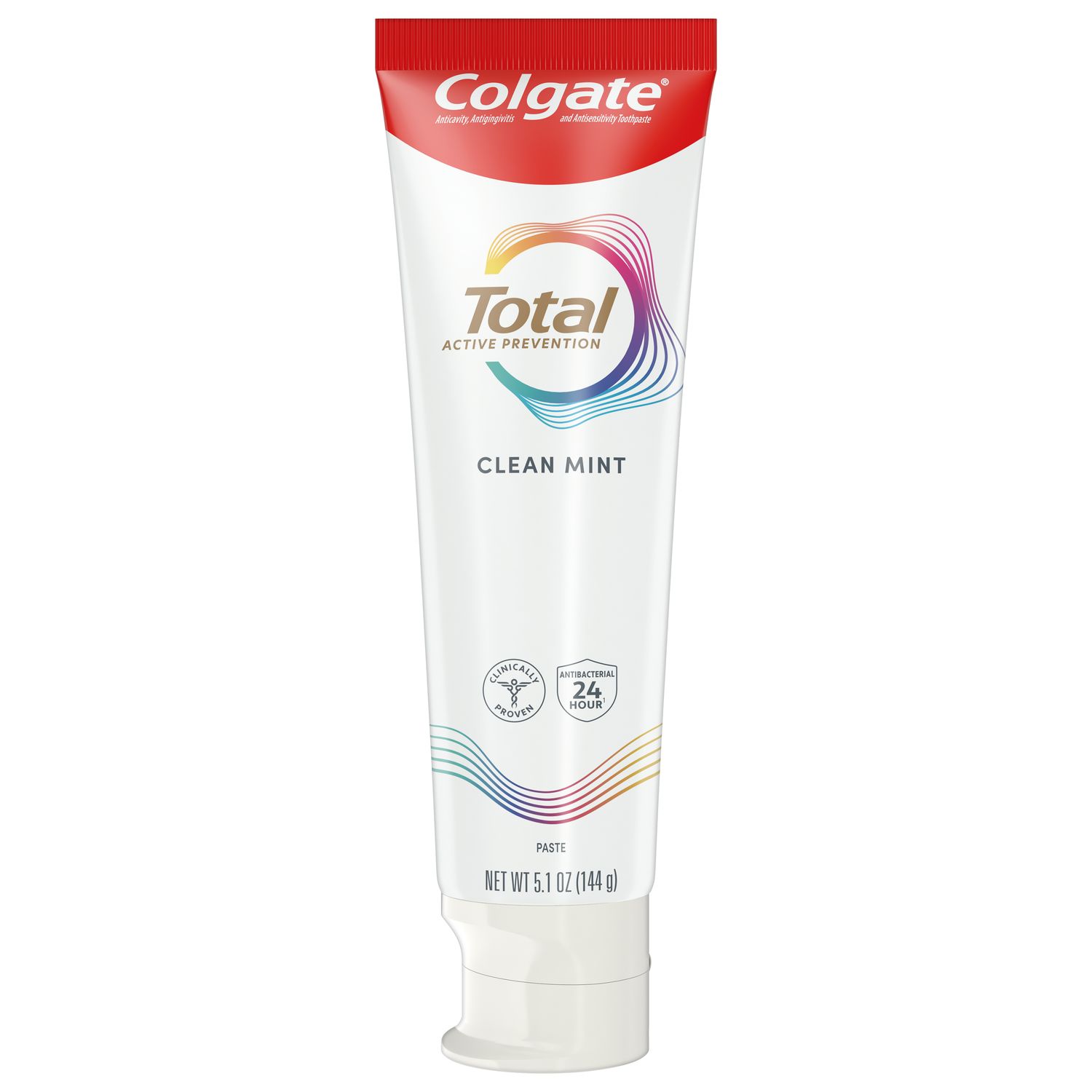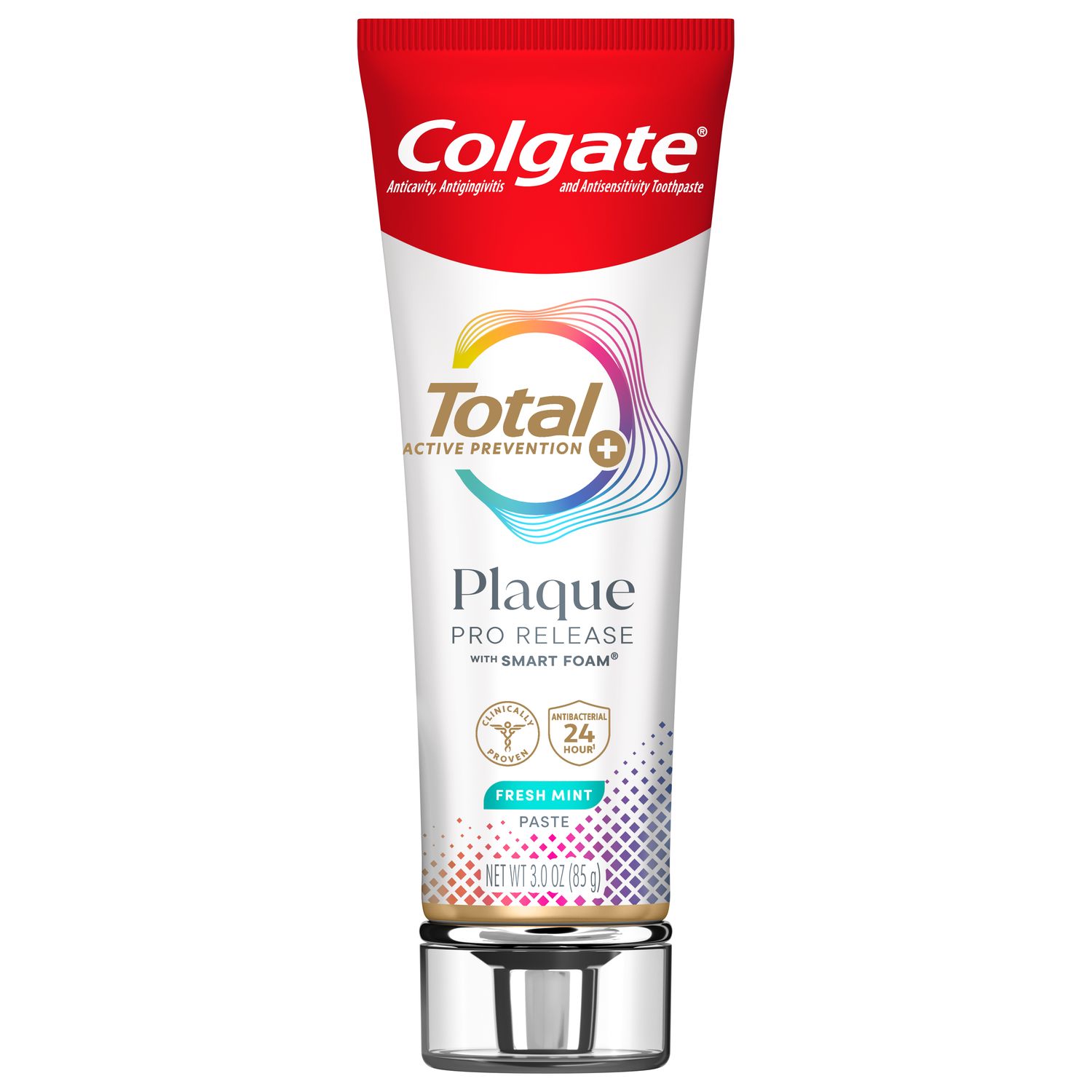
Root caries occurs when acid produced by bacteria metabolizing fermentable carbohydrates results in demineralization of exposed root surfaces. Dentin contains a higher percentage of organic matter than enamel, demineralizes at a higher pH and the collagen in dentin degrades as part of the caries process, all making it more vulnerable.
Increasing age is one of the risk factors for root caries. Among older adults globally a prevalence of between 5% and 74% has been reported. Reduced salivary flow (dry mouth) is one of several other risk factors, and may be induced by use of medications with dry mouth as a side effect, or by medical conditions. It results in reduced buffering capacity and reduced capacity to remineralize areas affected by demineralization. Reports also note that dry mouth is a potential complication of COVID-19. Among other risk factors, poor oral hygiene and dietary habits also play a role.
Root caries lesions can progress quickly, with softening of dentin and a brownish appearance occurring early in the process. For existing lesions, non-invasive management can be provided to treat early root caries as well as cavitated lesions. In some cases, restorative treatment may be needed for cavitated lesions but can be challenging due to location and the difficulty of moisture control. This further elevates the importance of timely interventions for prevention, as well as early non-invasive management.
So, what are the options for the prevention and non-invasive management of root caries?
Prevention of root caries
For patients at higher risk for root caries, the American Dental Association recommends application of 5% sodium fluoride varnish, or 1.23% fluoride gel, at least every 3 to 6 months for patients with an increased risk for root caries. Colgate PreviDent varnish contains 5% sodium fluoride, is available in unit doses and sets rapidly on contact with saliva. For home use, 5,000 ppm fluoride toothpaste or gel is a recommended option. One option is Colgate PreviDent 5000 Booster Plus, a liquid gel formulation that also contains tricalcium phosphate.
Arrestment/reversal of root caries lesions
For the non-restorative treatment of noncavitated and cavitated root caries lesions, the American Dental Association prioritizes the use of 5,000 ppm fluoride toothpaste or gel at least once per day. Lower priority fluoride therapies include 5% sodium fluoride varnish and 38% silver diamine fluoride.
Oral hygiene and dietary advice
Patients should of course also receive oral hygiene instruction and dietary advice. Patients can be advised on reducing and limiting the amount and frequency of consumption of free sugars and other fermentable carbohydrates. There is also information supporting the adjunctive use of xylitol, with one study leading to the conclusion that chewing xylitol lozenges helps to protect against root caries.
Older individuals are more likely to have reduced dexterity which makes brushing more difficult, including in hard-to-reach areas such as exposed roots. In this situation, clinicians can recommend use of a manual toothbrush with thicker handles, or an electric toothbrush. The Colgate hum electric toothbrush has an ergonomic handle and also has the advantage that it can be connected to an app which provides real-time feedback and can help guide patients on areas they are missing or not adequately brushing.
With the worldwide population aging and increased tooth retention, we are likely to see more patients at risk for root caries. It is essential that patients are aware of their risk level, receive needed preventive care and, where necessary, treatment for the arrestment and reversal of existing root caries.
Join us
Get resources, products and helpful information to give your patients a healthier future.
Join us
Get resources, products and helpful information to give your patients a healthier future.













